Grass Mixes
whitecap2
12 years ago
Related Stories

GARDENING GUIDESGreat Design Plant: Purple Needle Grass, California’s State Grass
The long-lived, drought-tolerant Stipa pulchra is as admired for its benefits as for its good looks
Full Story
CENTRAL PLAINS NATIVE PLANTS10 Top Grasses for the Central Plains
Low-maintenance grasses provide seasonal interest and wildlife habitat, and aid good design
Full Story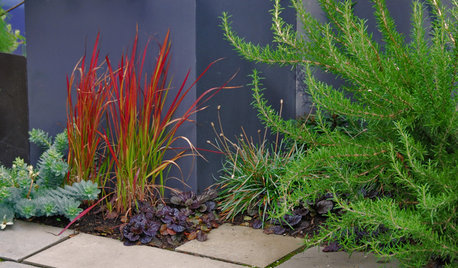
RED FOLIAGEGreat Design Plant: Japanese Blood Grass
This dramatic, ruby-tinged grass bridges the gap between red and green, short and tall plants
Full Story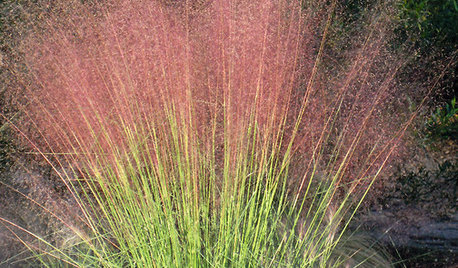
SUMMER GARDENINGGreat Design Plant: Pink Muhly Grass
Bring billowing clouds of pink to your yard with this heat-tolerant, sun-loving ornamental grass
Full Story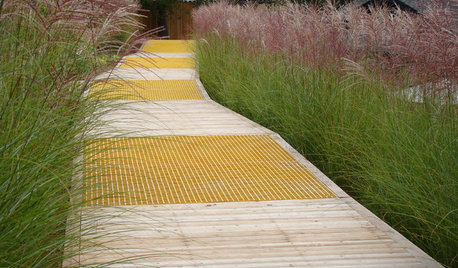
GARDENING AND LANDSCAPINGOld School Green Design: Add Texture With Grass
Ornamental grasses capture the breeze and ripple like water in the landscape
Full Story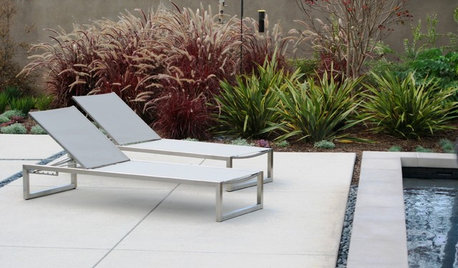
PURPLE FOLIAGEGreat Design Plant: Purple Fountain Grass
Easy come, easy grow — give this low-maintenance grass pride of place in your garden
Full Story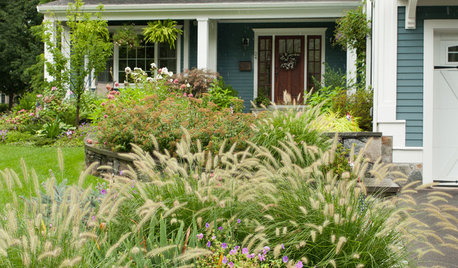
LANDSCAPE DESIGNGreat Design Plant: Lively Fountain Grass Thrives Just About Anywhere
Enjoy fountain grass for its exuberant form, long-lasting color and texture for borders and more
Full Story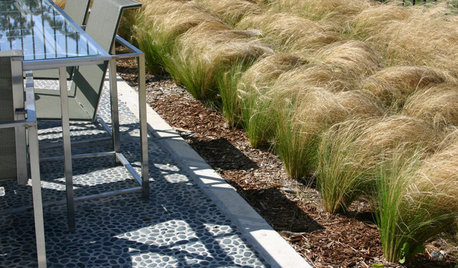
GARDENING AND LANDSCAPINGOrnamental Grasses in the Landscape
Low-maintenance grasses add beauty and motion to the garden
Full Story
GRASSES10 Ways to Use Ornamental Grasses in the Landscape
These low-maintenance plants can add beauty, texture and privacy to any size garden
Full Story
GARDENING GUIDES5 Great Grasses for a New Lawn
Learn about maintenance, wear tolerance, ideal climate and more for these top turf choices to pick the right one for you
Full StoryMore Discussions







dchall_san_antonio
whitecap2Original Author
Related Professionals
Carlisle Landscape Architects & Landscape Designers · Eden Prairie Landscape Architects & Landscape Designers · Glen Ellyn Landscape Architects & Landscape Designers · New Mexico Landscape Architects & Landscape Designers · Salisbury Landscape Architects & Landscape Designers · Beachwood Landscape Contractors · Hendersonville Landscape Contractors · Middletown Landscape Contractors · North Potomac Landscape Contractors · Paramount Landscape Contractors · Riverview Landscape Contractors · Seminole Landscape Contractors · St. Louis Landscape Contractors · View Park-Windsor Hills Landscape Contractors · Apple Valley Swimming Pool Buildersdchall_san_antonio
whitecap2Original Author
dchall_san_antonio
whitecap2Original Author
dchall_san_antonio